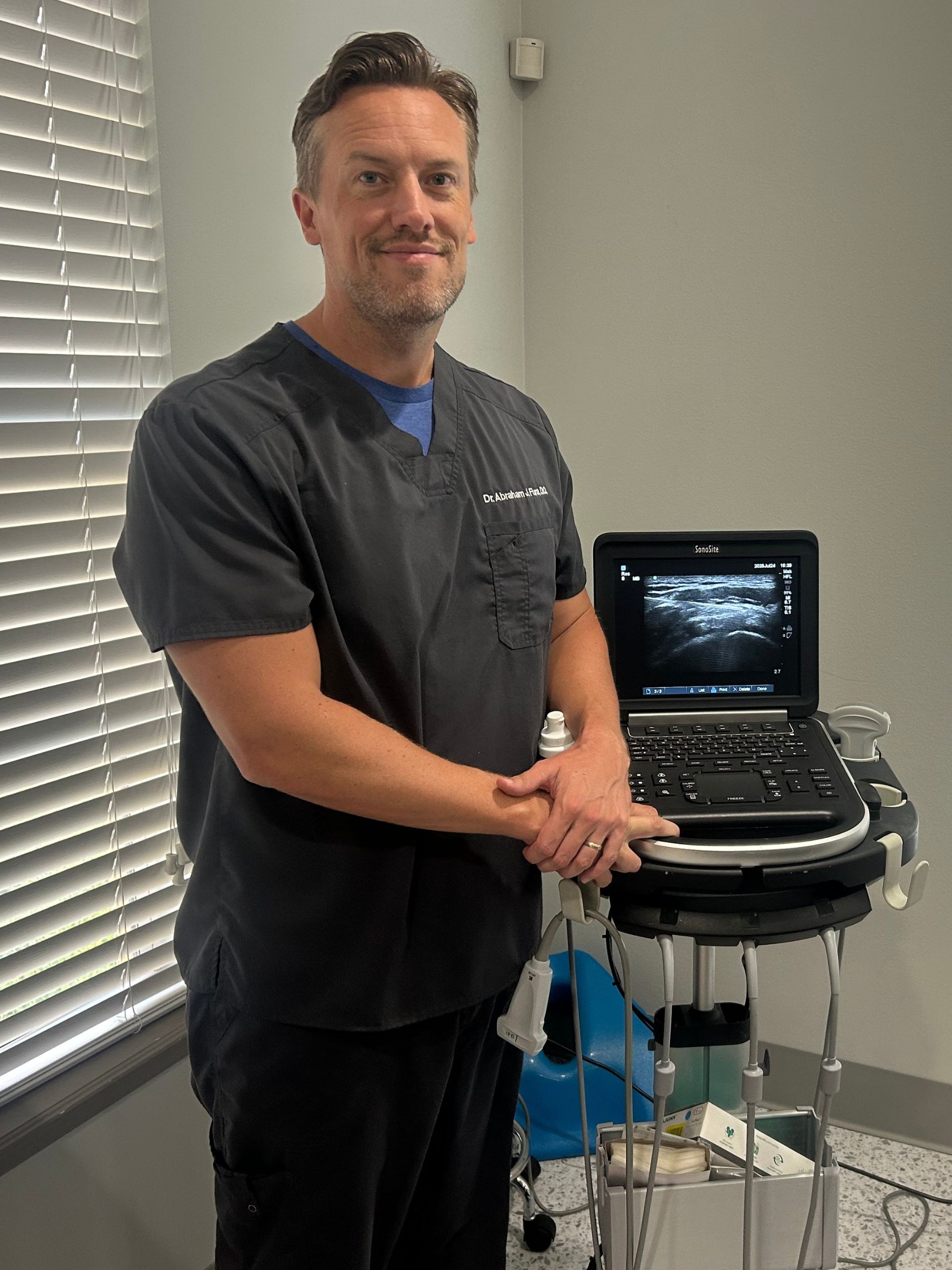
CONDITION OVERVIEW
Headaches are one of the most common medical complaints, but not all headaches are the same. The key to effective relief is an accurate diagnosis to determine the specific type and cause of your head pain. While many headaches are primary (like tension headaches and migraines), a significant number are secondary, meaning they are a symptom of an underlying issue in the neck. At the Spine and Nerve Center, we specialize in diagnosing and treating these complex, often-misdiagnosed headaches that originate from the cervical spine.

TYPES & TRIGGERS
Understanding your headache type is the first step toward finding relief. While many factors can cause head pain, we focus on identifying and treating those with a connection to the spine.
These headaches are a form of referred pain originating from a specific problem in the neck, such as an arthritic facet joint or damaged disc. The pain typically starts in the neck and radiates to the head.
Caused by irritation of the occipital nerves that run from the upper neck to the scalp. This creates a distinct, severe, piercing or electric-shock-like pain at the back of the head.
A complex neurological condition causing severe, throbbing pain, usually on one side of the head, often with nausea and sensitivity to light and sound. Neck pain is a very common co-existing symptom.
The most common type, often described as a tight band of pressure around the head. It is frequently associated with muscle tension and trigger points in the neck and shoulders.

RECOGNIZING THE SIGNS
Your specific symptoms provide the biggest clues for an accurate diagnosis. Pay attention to the location and type of pain, as well as any other associated symptoms.
Is the pain one-sided and throbbing (migraine), a tight band (tension), or does it start in your neck and wrap over your head (cervicogenic)?
Is your headache accompanied by neck stiffness, reduced range of motion, or pain that is triggered by turning your head?
Describing the pain helps diagnosis. Is it a dull ache, a severe throbbing, or a sharp, electric-zapping sensation?
Do you experience symptoms like sensitivity to light and sound, nausea, or visual changes like an aura, which are classic signs of migraine?
What seems to bring on the headache? Common triggers include stress, specific foods, weather changes, or, importantly, certain neck positions.
How often do your headaches occur and how long do they last? This information is vital for distinguishing between episodic and chronic conditions.
If you suffer from chronic headaches and also have neck pain or stiffness, the problem might not be in your head. An accurate diagnosis of your neck is the key to finding lasting relief. Contact the Spine and Nerve Center Riverview for a comprehensive evaluation to determine if your headaches are cervicogenic in nature.